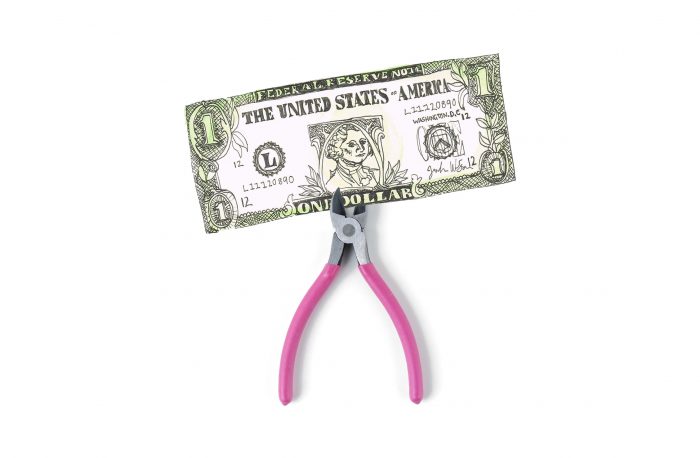
Wirecutter, the 10-year-old shopping recommendations site that The New York Times bought five years ago, has already made the Times a lot of money.
Now it’s getting monetized further: Wirecutter, which now is going behind the Times’ metered paywall, The Wall Street Journal reported and Times confirmed Tuesday.
As of Wednesday, a standalone Wirecutter subscription will be $5 a month or $40 a year. That’s the same price as other Times standalone products like Cooking and Games. It will continue to be included with Times all-access digital subscriptions. For now, “readers will get 10 free Wirecutter articles a month before being asked to pay for a subscription,” the Journal noted.
The Times acquired it from founder Brian Lam (also known as the Gizmodo editor-in-chief who got his hands on an iPhone 4 months before it was officially announced) for around $30 million in 2016; at that point, it was getting around 5 million pageviews a month and driving at least $150 million in e-commerce transactions each year. As David Carr explained in The New York Times all the way back in 2012, “The vast majority of its revenue comes from fees paid by affiliates, mostly Amazon, for referrals to their sites. As advertising rates continue to tumble, affiliate fees could end up underwriting more and more media businesses.”
Since the acquisition, the Times has reported increases in revenue from Wirecutter almost every quarter. By 2018, Wirecutter was making more than $20 million a year for the Times. In Times earnings statements, Wirecutter affiliate revenue is reported in the “Other revenue” category, lumped in with things like syndication, licensing fees, and events; while it isn’t usually broken out separately, it’s clear that the affiliate revenue has propped the category up. At the end of 2020, the Times noted in in its earnings report that declines in revenues from pandemic-quashed live events were “partially offset by higher Wirecutter affiliate referral revenues”; “other” revenue for the year totaled about $195 million, and it’s safe to say a lot of that came from affiliate links in reviews for masks, thermometers, and other Covid supplies. (Not wanting to be seen profiting from a crisis too much, the Times will make some Wirecutter reviews — like “coverage of air purifiers … amid the wildfires in the western U.S.” — in front of the paywall, a spokesperson told The Wall Street Journal.)
I would have thought there would be a lot of overlap between Times subscribers and Wirecutter readers, but it turns out that’s not true. Of Wirecutter’s 12 million visitors a month, only around a quarter “are also subscribers or registered users of the Times,” the Journal noted.